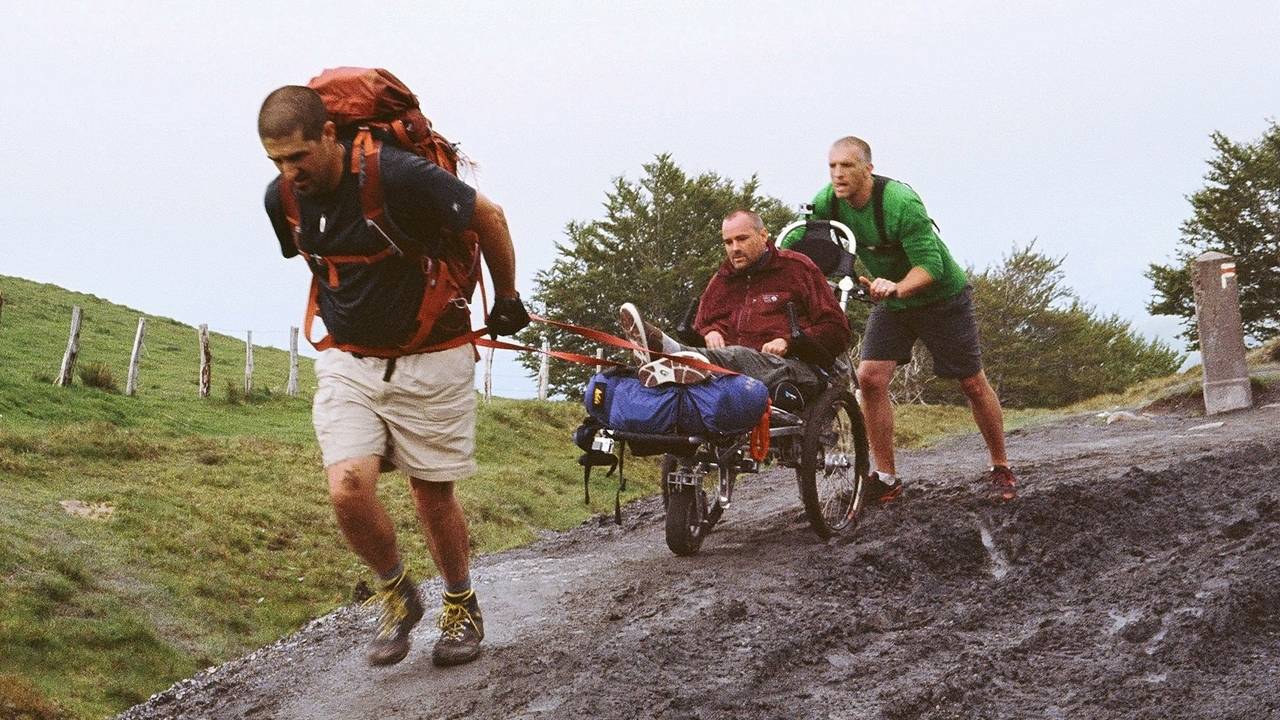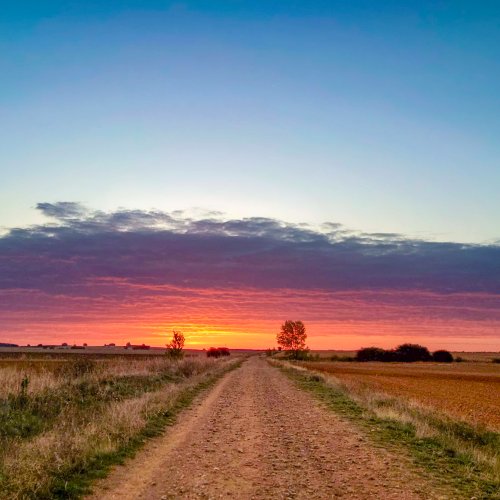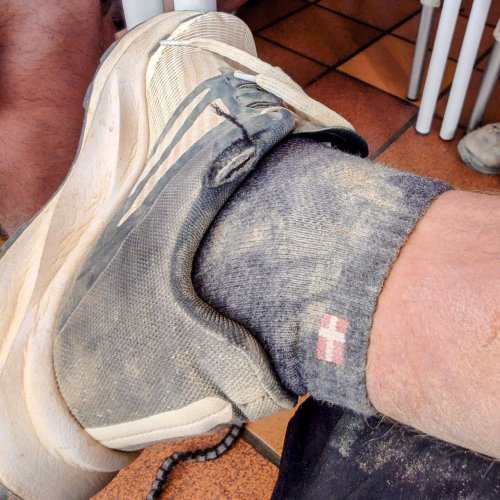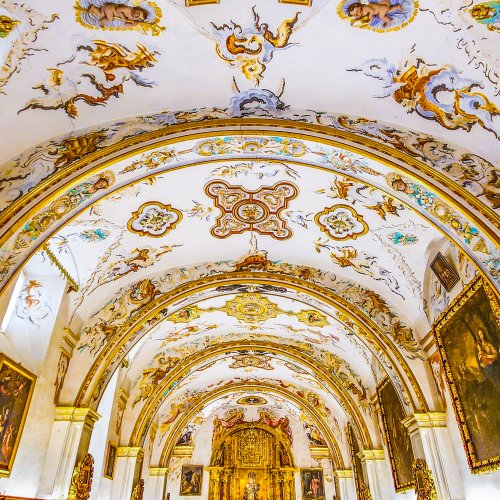Wheelchairpilgrim
Wheelchair pilgrim, in annual stages to Santiago.
- Time of past OR future Camino
- NL to Rocamadour. Hope to arrive 2025 in Santiago
Hi,
I don't do my pilgrimage by bicycle but by wheelchair but I mainly follow the cycling routes that is why I post it here.
2016 I started my pilgrimage in the Netherlands. 2016 haarlem-den Bosch, 2017 Den Bosch-Maastricht, 2018 Maastricht-Reims, 2019 Reims-Vezelay, 2020 Vezelay-Taizé, 2021 Taizé- Le-Puy-en-Velay, 2022 Le-Puy-en-Velay - Rocamadour (2023 i had surgery and could not go).
Spring 2024 I hope to roll from Rocamadour to Lourdes and after that to Spain (I am not sure year how far I get, I have 6 weeks and I expect to do the last part 2026).
Is there anyone who know what will be the best point to cross the pyrenees? I see a few options but it is difficult to find out how steep and busy the roads are and how long the distances are between places I can sleep.
I rolled already a few mountains (like Massive Central in France) but I do not know well what to expect from the bike routes in the pyrenees.
Thanks for your replies.
I don't do my pilgrimage by bicycle but by wheelchair but I mainly follow the cycling routes that is why I post it here.
2016 I started my pilgrimage in the Netherlands. 2016 haarlem-den Bosch, 2017 Den Bosch-Maastricht, 2018 Maastricht-Reims, 2019 Reims-Vezelay, 2020 Vezelay-Taizé, 2021 Taizé- Le-Puy-en-Velay, 2022 Le-Puy-en-Velay - Rocamadour (2023 i had surgery and could not go).
Spring 2024 I hope to roll from Rocamadour to Lourdes and after that to Spain (I am not sure year how far I get, I have 6 weeks and I expect to do the last part 2026).
Is there anyone who know what will be the best point to cross the pyrenees? I see a few options but it is difficult to find out how steep and busy the roads are and how long the distances are between places I can sleep.
I rolled already a few mountains (like Massive Central in France) but I do not know well what to expect from the bike routes in the pyrenees.
Thanks for your replies.


















